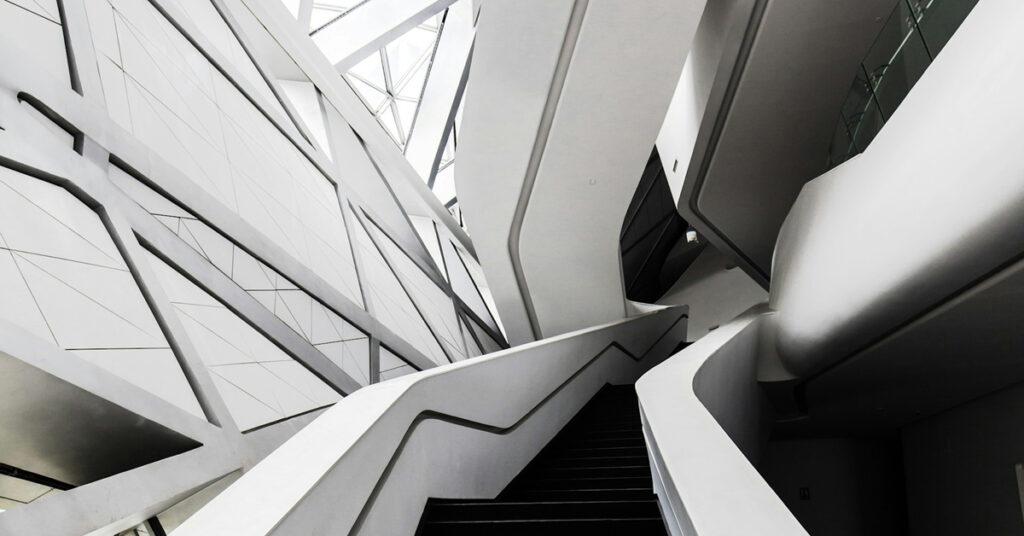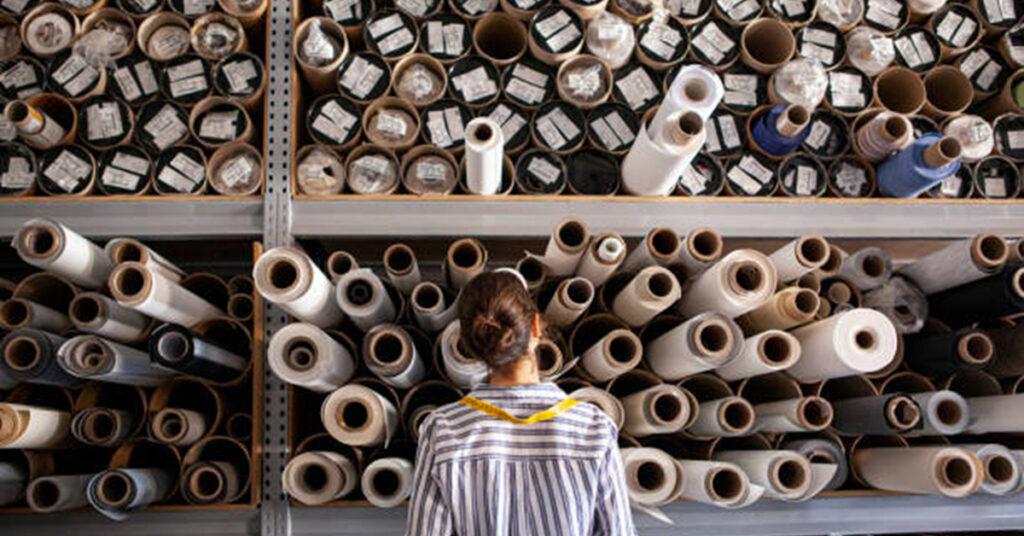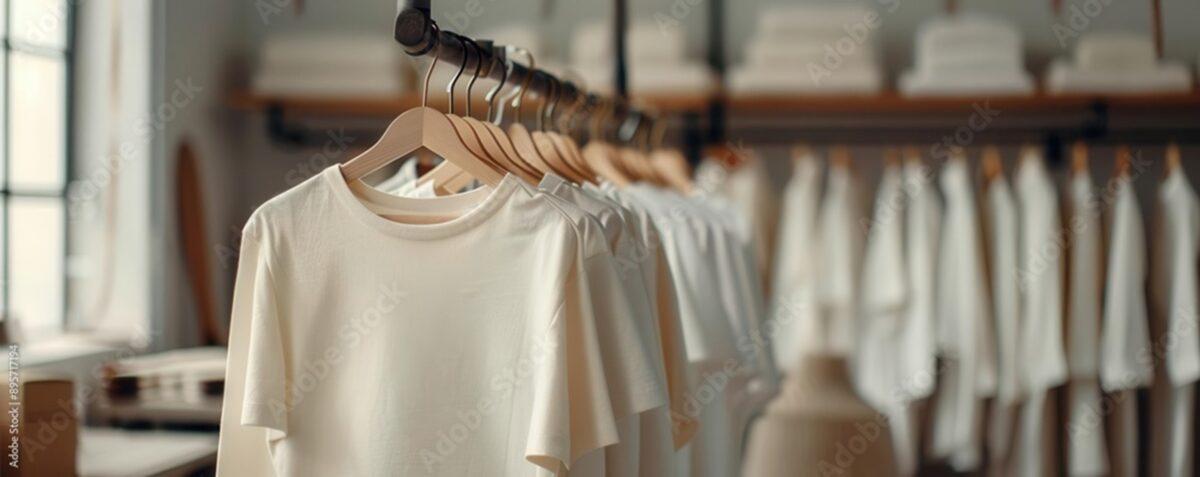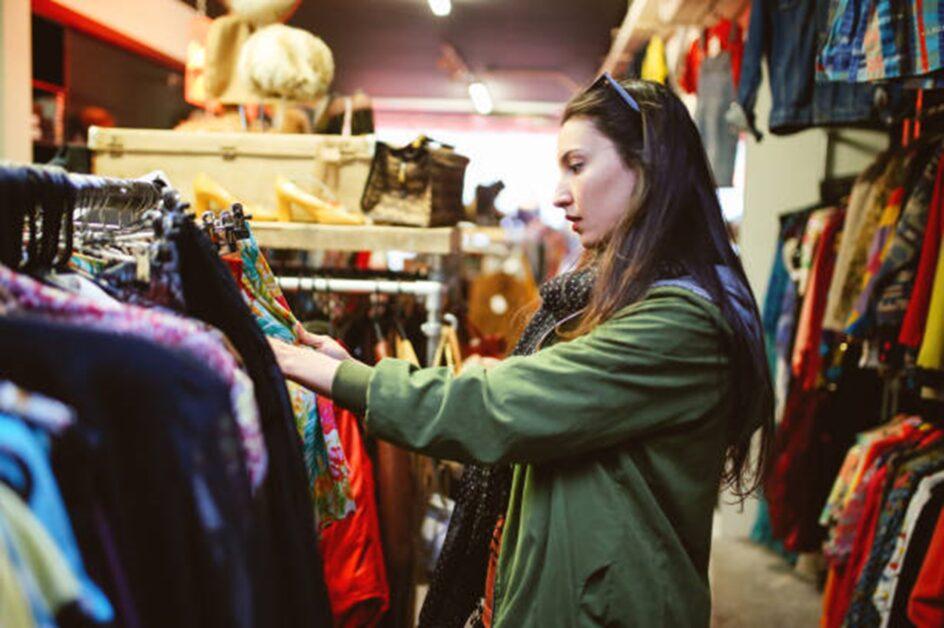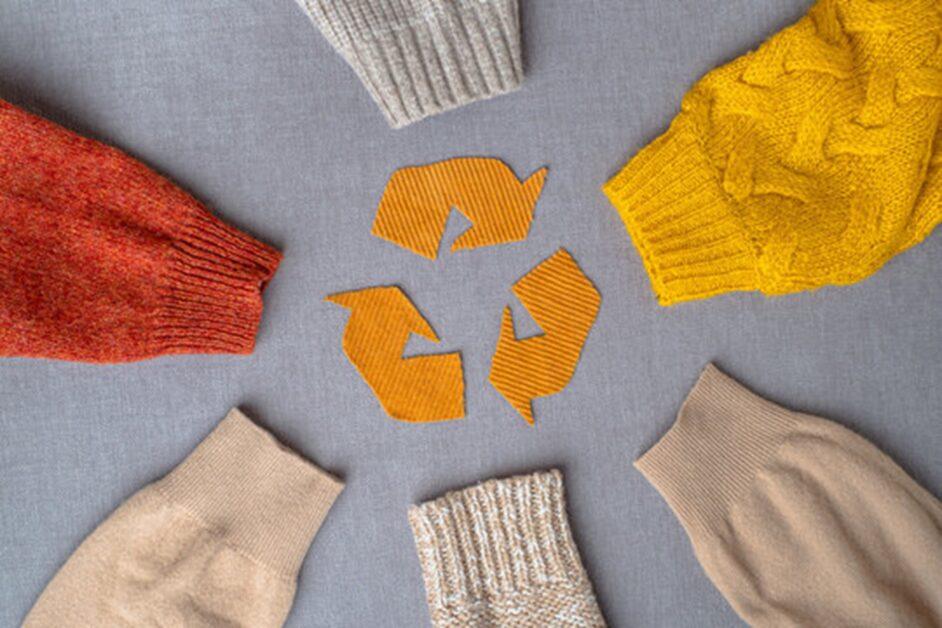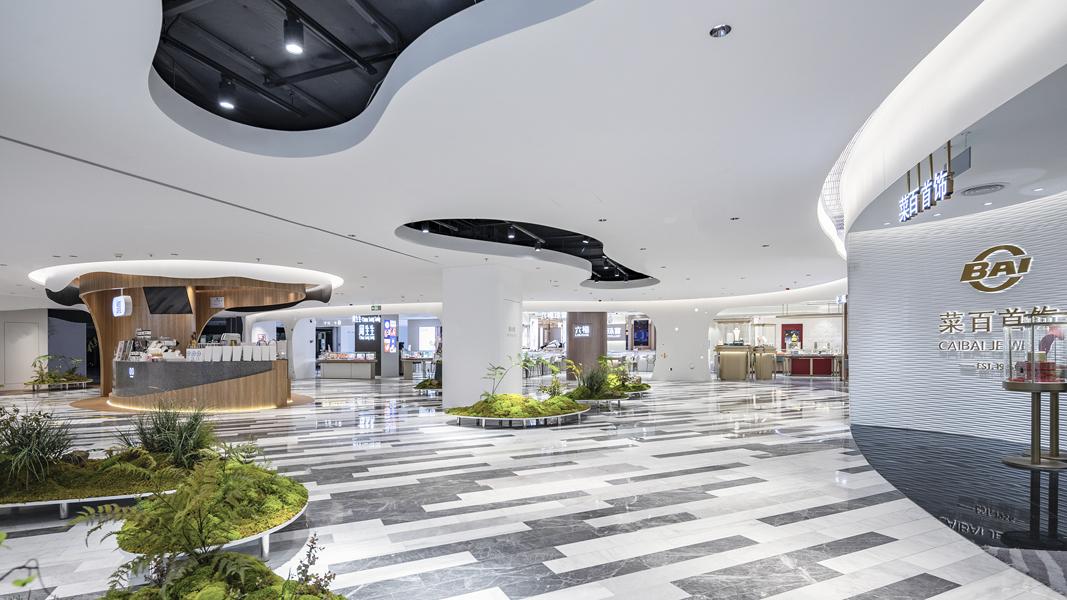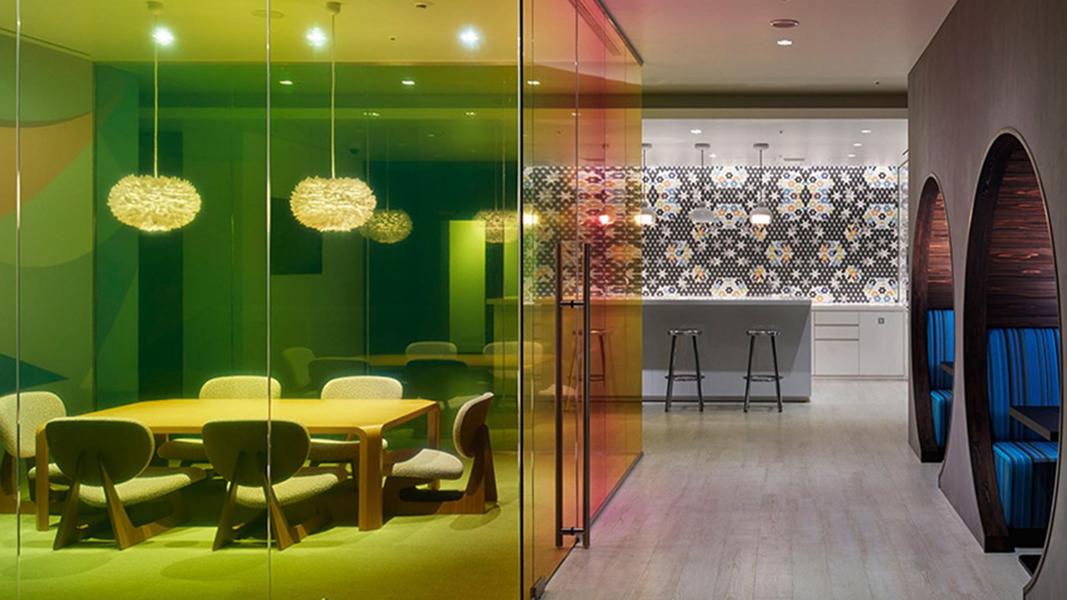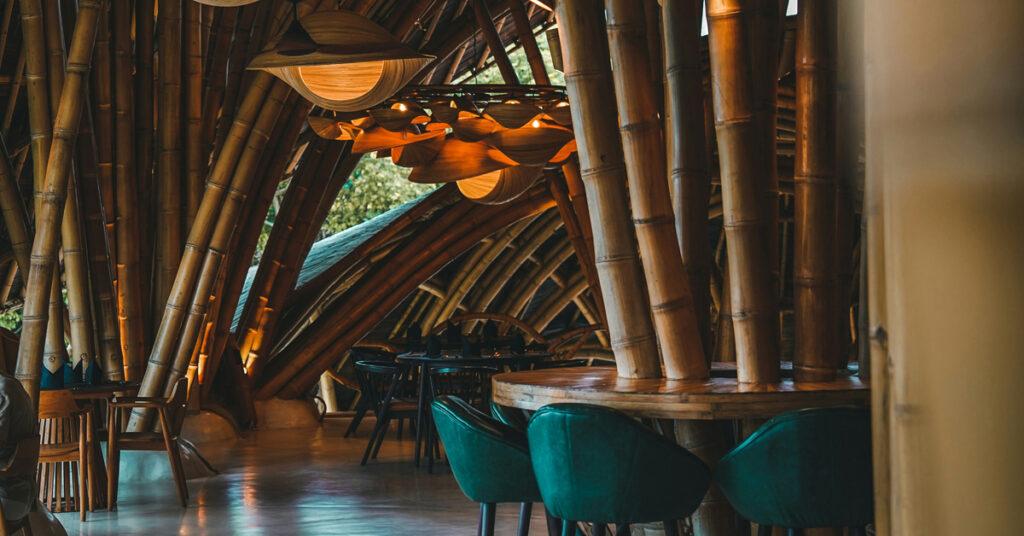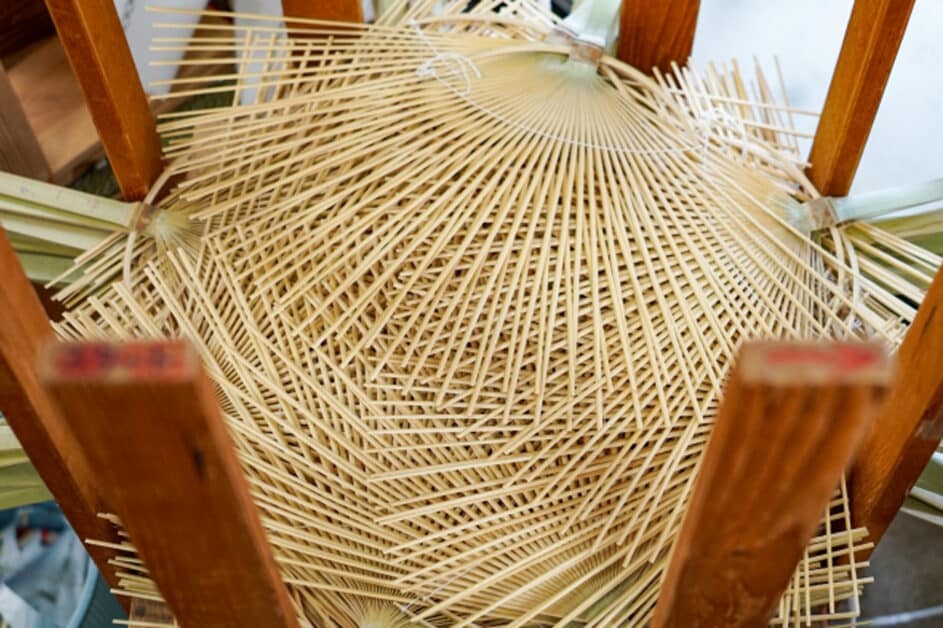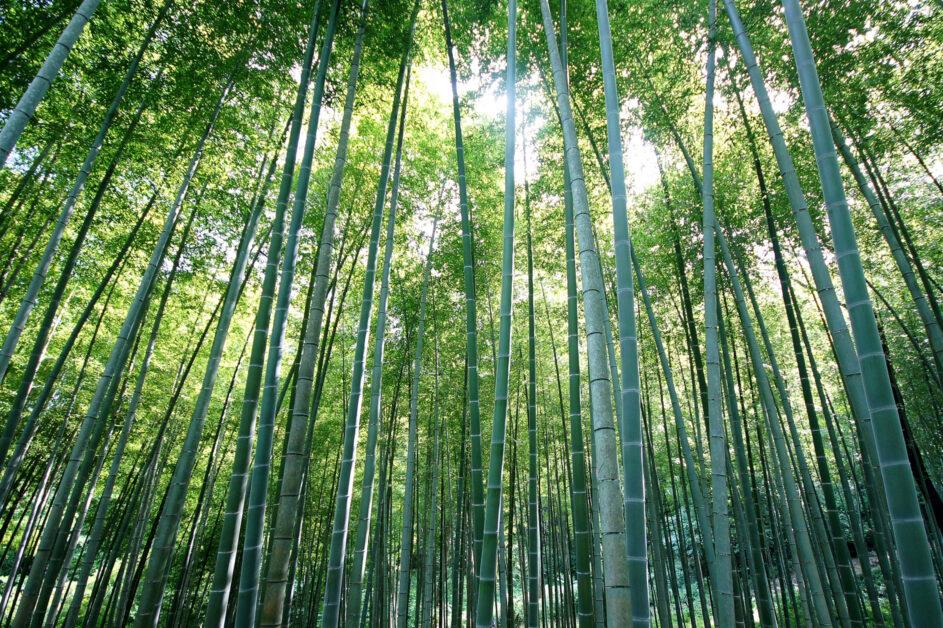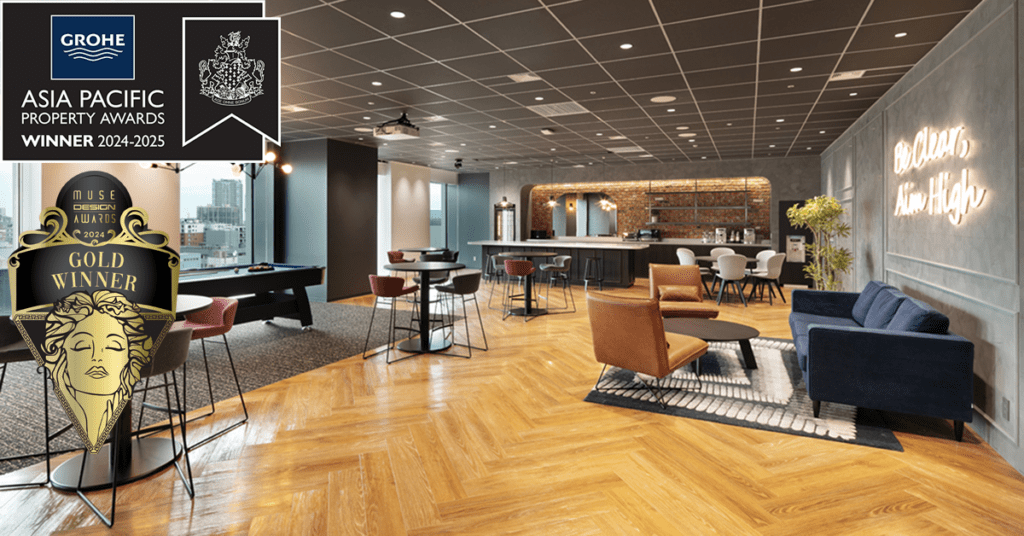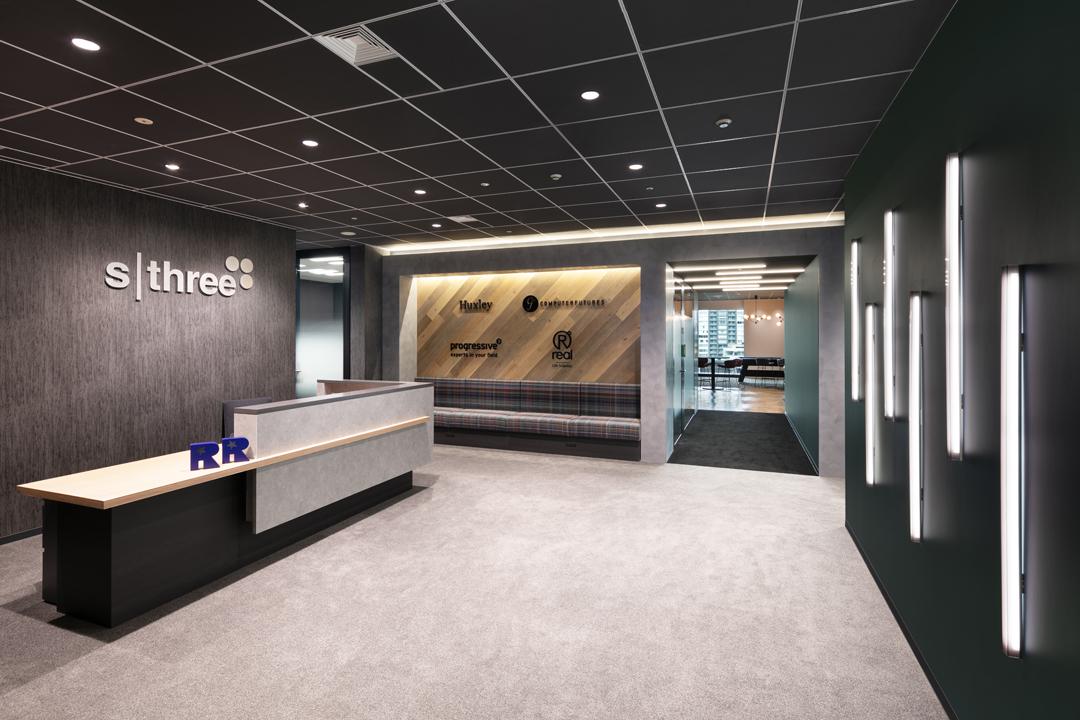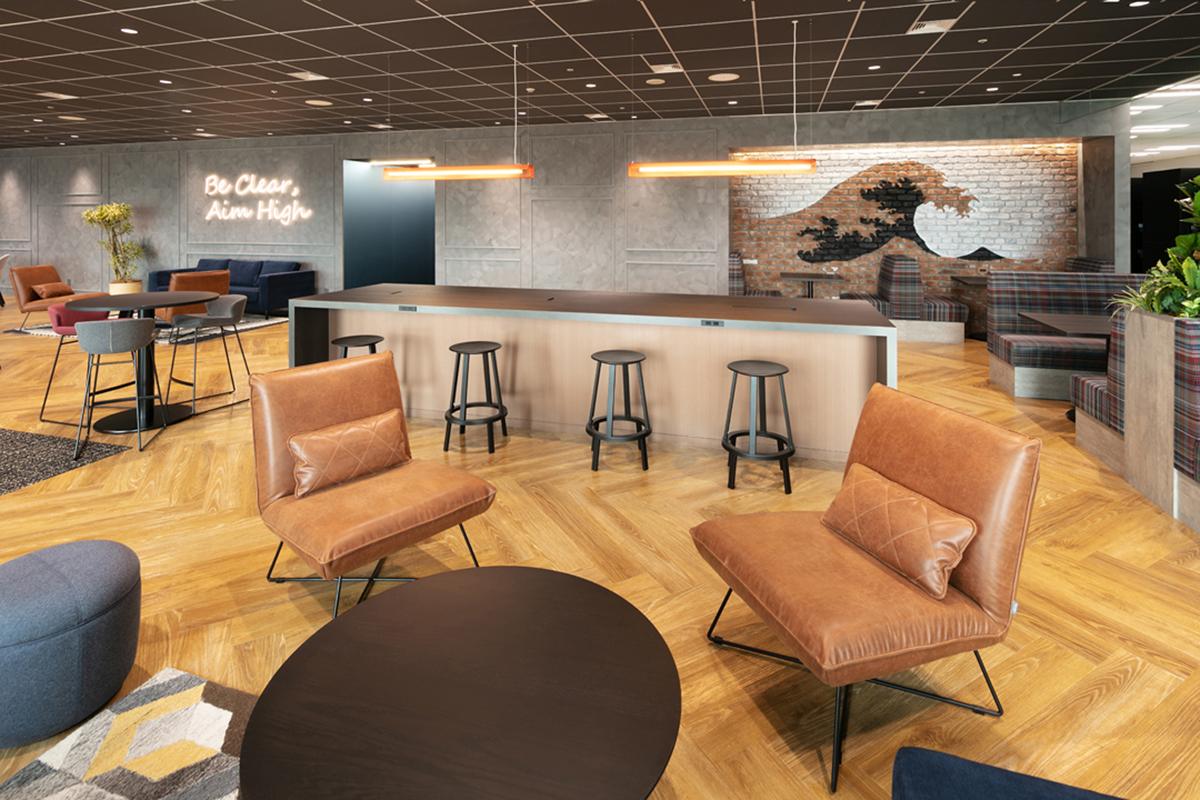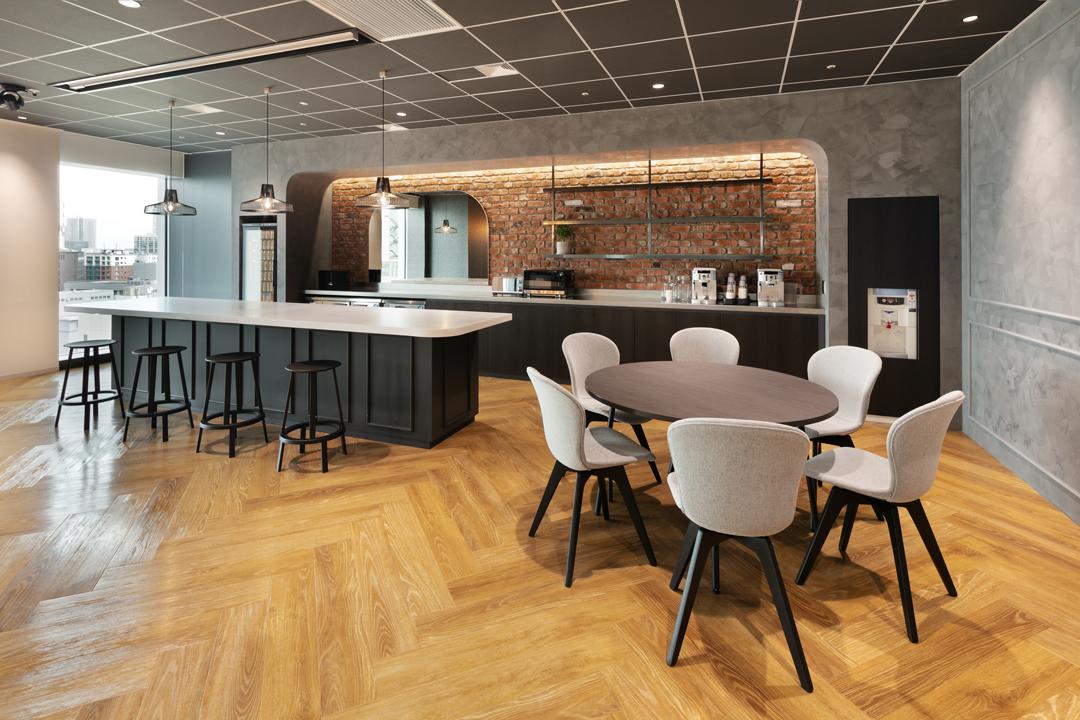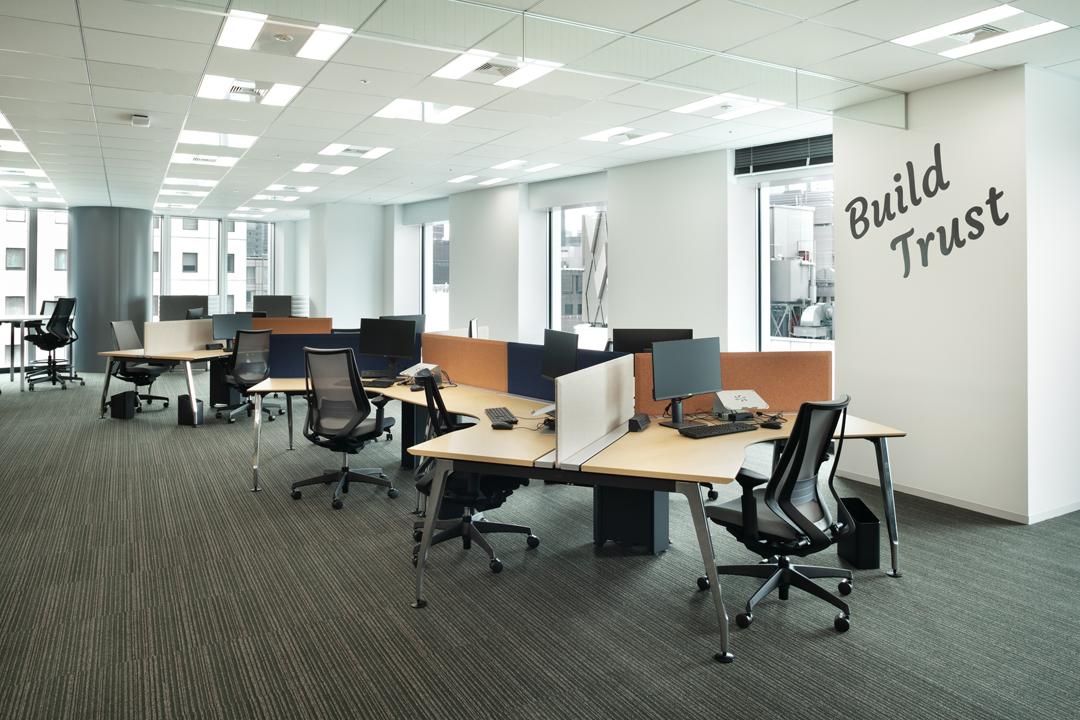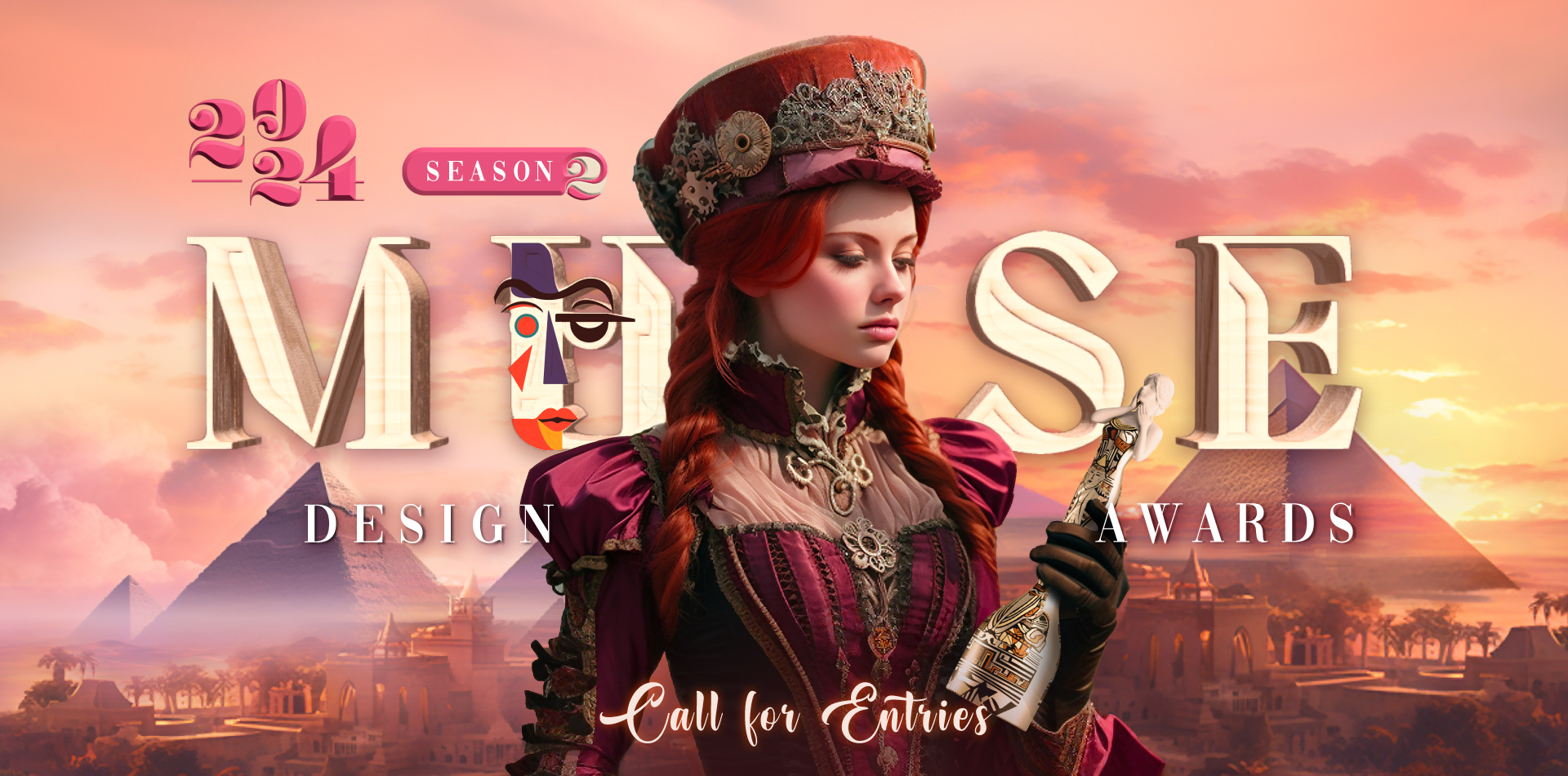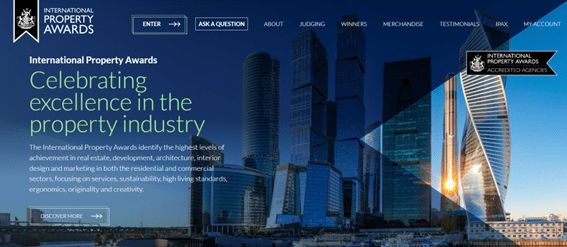President Muro Speaks About GARDE’s Trajectory and Future Innovations #2
Celebrating our 40th anniversary in 2025, GARDE has worked on projects in a wide range of fields, from hotels to department stores, retail, and offices, honing the designs that we specialize in. We are constantly taking on new challenges to address social issues through design, utilizing the expertise we have built up.
In the previous chapter, we discussed “What kind of design company GARDE aims to be” and “Office design created by diverse work styles.”
For more details, please visit the following link:
https://www.gardedesignmagazine.com/president-interview-trajectory-and-future-innovations-en/
In this issue, we will introduce three businesses that have been started in recent years.
Potential for Metaverse Projects Independent of Spatial Design
In our new business, Metaverse Space Design and Production and Sales Services, which began in 2023, we are expanding our services based on two pillars.
The first is an extension of our design service, providing further added value to our customers. One example might be the Tower Mansions in Tokyo. Conventionally, developers need to create showroom model rooms for people to visit, but that is very costly and takes up space.
Now, we can construct a small room that demonstrates the development through VR and the Metaverse. With this approach, we can showcase multiple designs at lower cost and with less space, thus saving time as well.
The second approach is creating a completely new business around the Metaverse, supporting our clients. This has now become a new pillar of profitability. We foresee a future where people make purchases in the Metaverse world, and we are now preparing the foundation for that future. A good example of this future comes from major fashion brands such as Gucci and Balenciaga hosting fashion shows as Metaverse experiences, although, to my knowledge, they haven’t been able to make any sales in the Metaverse yet. There are still many challenges, such as the need to constantly take new photos of products in 3D, which can be quite cumbersome. Additionally, current smartphone speeds are not sufficient to accommodate Metaverse experiences. However, I believe that once technologies catch up, people will be able to shop on sites like Amazon in VR just as they would in a real-world store.
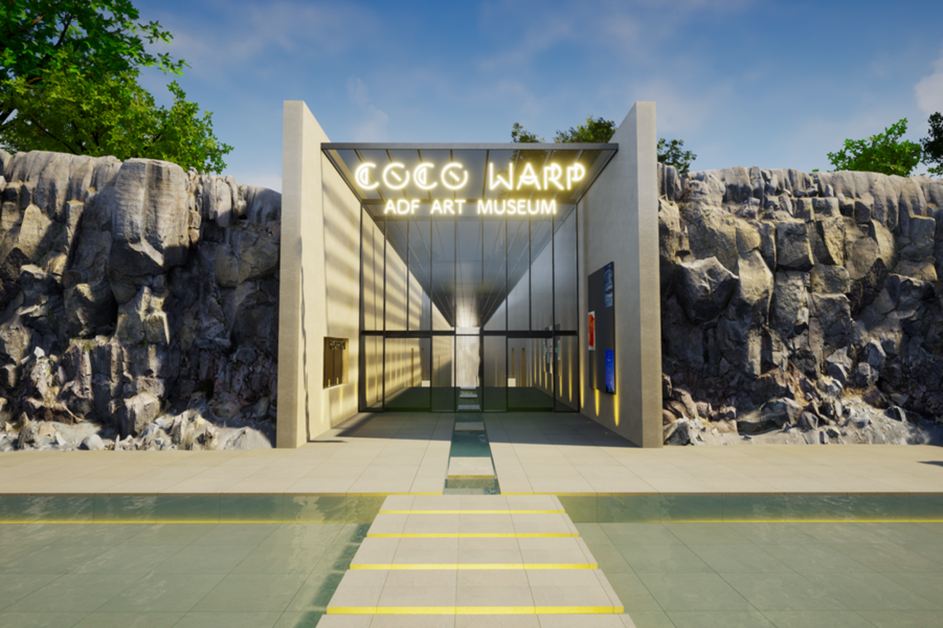
From One Idea to Innumerable Ideas: The Ever-Evolving Real Estate Business
Our real estate services started in 2020, and since then, we have been working closely with our clients to assist them in resolving their issues. It may be said that our passion for our clients led us to develop our real estate services.
Before starting our real estate business, our services were primarily focused on international brands as clients for design services related to their headquarters. There was one particular brand that wanted to open a store in Ginza, as well as several other locations, and they requested that we find suitable sites. As we searched for locations that would fit the brand’s requirements and identity, we thought to ourselves, “Why not make this into a business?”
We acquired a staff member with a certificate of real estate brokerage and began providing new real estate brokerage services to our clients, mainly global brands with multiple stores.
Although not part of the regional revitalization business described below, since starting this business, it has evolved, and we are now using it for regional land revitalization as well. We are converting hotels and residences in regional areas. We start by finding a plot of land and creating a master plan for its use. If it is a hotel, we need to find an operator, create a comprehensive set, and then ask the developer to purchase the asset.
Currently, we have multiple hotels around Kyoto and the surrounding area as ongoing projects. It is hard to acquire large design projects, but if we provide the real estate location and manage the process from upstream to downstream, we can design the building. This is the crux of our new real estate business model.

Tabiico: A Tourism Website Connecting People with Rural Areas—A New Step Toward Regional Revitalization
Japanese tourism had been attracting attention from abroad even before COVID-19, but now, after the convergence of the pandemic, it has become even more popular. Japanese tourism has grown so much that it is facing an overtourism problem, especially in urban areas.
Despite being such a popular travel destination, there are still many wonderful tourism resources in rural areas that are not yet well known. Our goal in our regional revitalization business is to invigorate local communities through tourism.
We have developed the tourism website “Tabiico” as a platform where local municipalities can directly register their wonderful, locally-known tourism resources.
All tourism resources on Tabiico are linked to the municipality, and the aim is to increase awareness of not only tourist attractions but also the name of the municipality, such as “XX town” when referring to this tourist attraction.
We are also actively working to develop local sightseeing content so that more people can discover the famous sites registered on Tabiico. Currently, we are in the process of proposing plans and providing consulting services to the 160 participating cities, towns, and villages using Tabiico, making the most of our global network.
Our goal is to encourage people to visit and get to know the local community, have them spread the word, and increase the number of visitors and the population involved. We believe that tourism contributes to regional revitalization, which in turn leads to the creation of vibrant local communities.

In Conclusion
We are grateful for the opportunity to share with you the history of GARDE over the past 40 years and the evolution of GARDE into the future.
The original text can be found at the following link:
https://www.theworldfolio.com/interviews/garde-international-interior-design-for-modern-age/6334/

